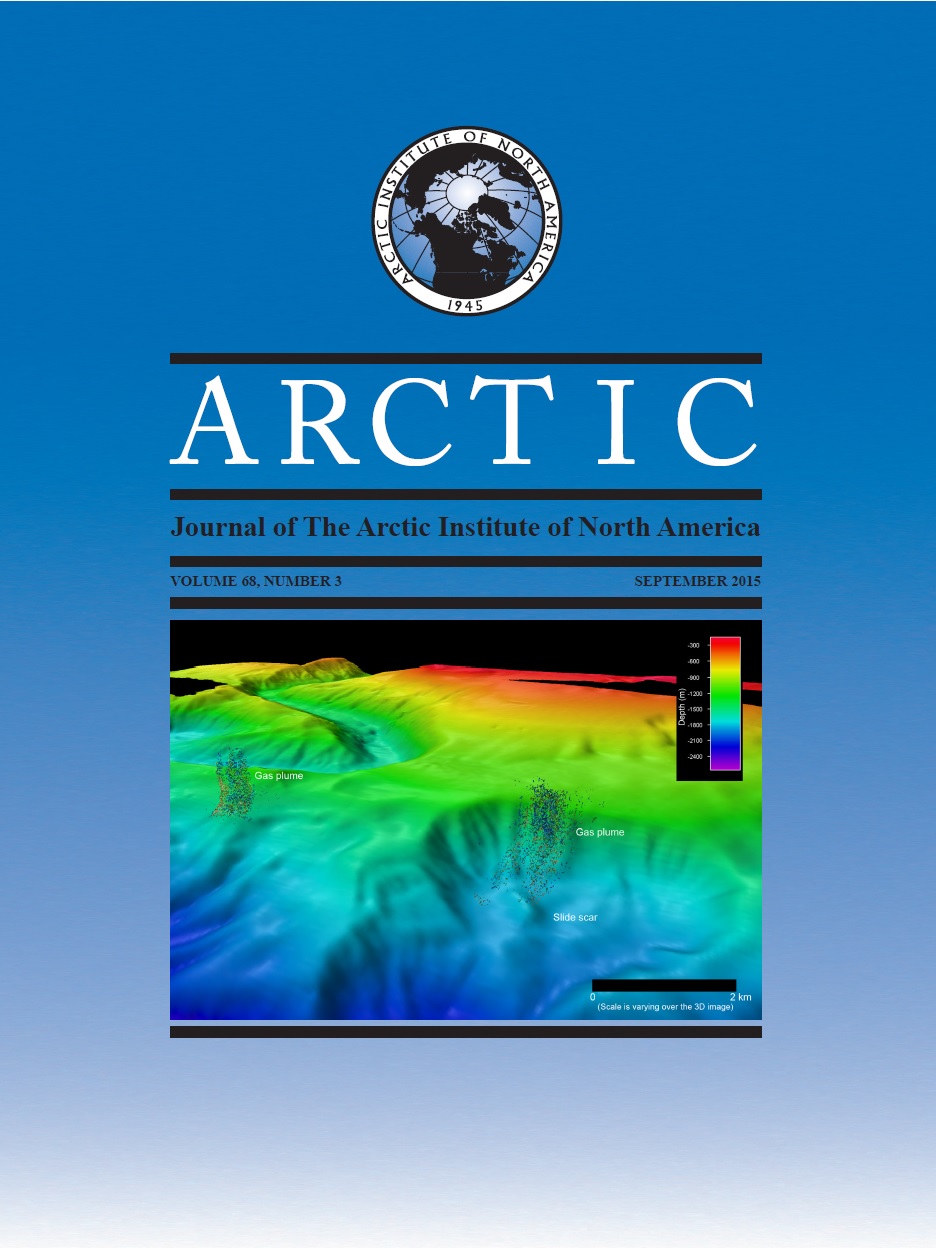The U.S. Arctic Observing Viewer: A Web-Mapping Application for Enhancing Environmental Observation of the Changing Arctic
DOI:
https://doi.org/10.14430/arctic4477Keywords:
Arctic research, Arctic Observing networks, GIS, web mapping application, science management, cyberinfrastructureAbstract
Although much progress has been made with various Arctic Observing efforts, assessing that progress can be difficult. What data collection efforts are established or underway? Where? By whom? To help meet the strategic needs of programs such as the U.S. Study of Environmental Arctic Change (SEARCH), the Arctic Observing Network (AON), Sustaining Arctic Observing Networks (SAON) and related initiatives, an update has been released for the Arctic Observing Viewer (AOV; http://ArcticObservingViewer.org). This web mapping application and information system has begun to compile the who, what, where, and when for thousands of data collection sites (such as boreholes, ship tracks, buoys, towers, sampling stations, sensor networks, vegetation sites, stream gauges, and observatories) wherever marine, terrestrial, or atmospheric data are collected. Contributing partners for this collaborative resource include the U.S. NSF, ACADIS, ADIwg, AOOS, a2dc, AON, ARMAP, BAID, CAFF, IASOA, INTERACT, and others. While focusing on U.S. activities, the AOV welcomes information exchange with international groups for mutual benefit. Users can visualize, navigate, select, search, draw, print, and more. AOV is founded on principles of interoperability, with open metadata and web service standards, so that agencies and organizations can use AOV tools and services for their own purposes. In this way, AOV will reinforce and complement other distributed yet interoperable cyber-resources and will help science planners, funding agencies, researchers, data specialists, and others to assess status, identify overlap, fill gaps, optimize sampling design, refine network performance, clarify directions, access data, coordinate logistics, collaborate, and more in order to meet Arctic Observing goals.Downloads
Download data is not yet available.


